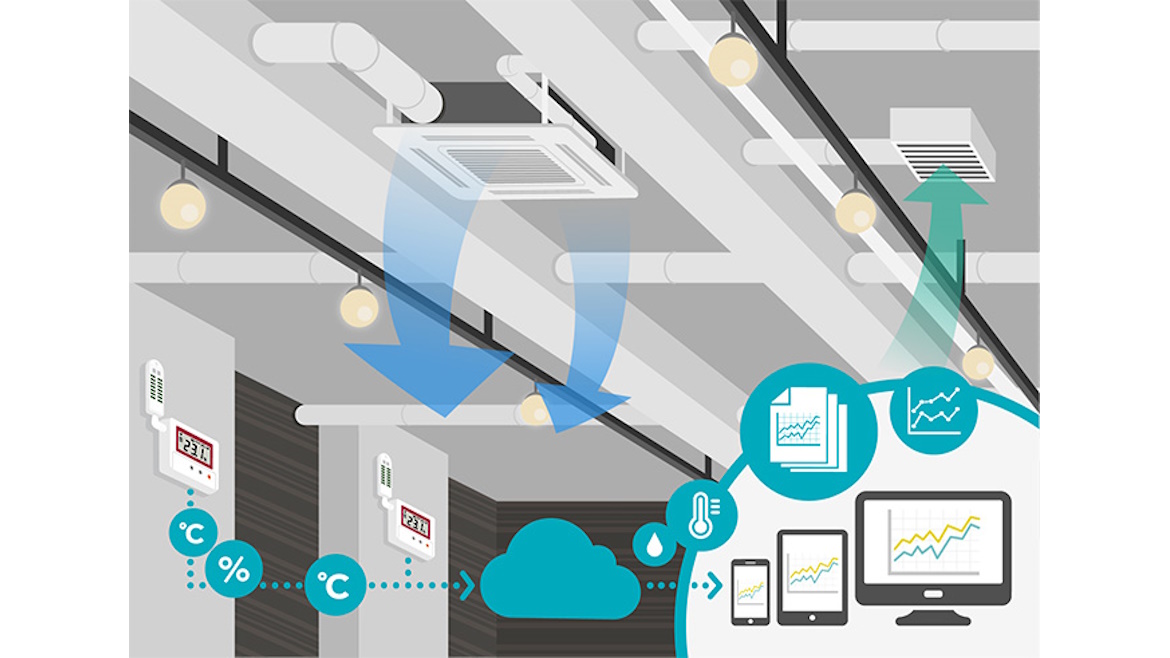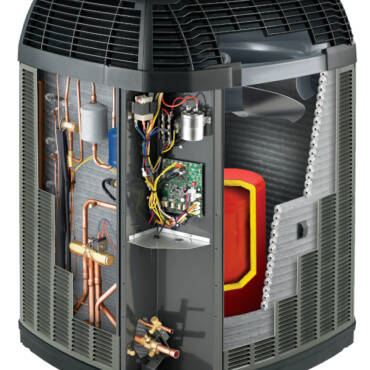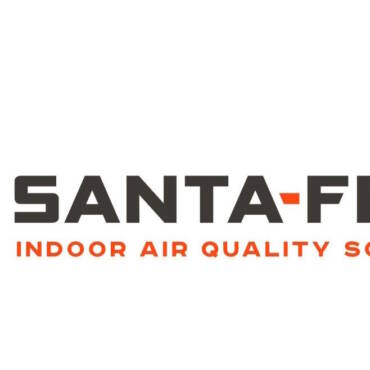Industrial HVAC systems play a pivotal role in keeping facilities running smoothly, but their energy demands can quickly add up. For many operations, outdated technologies are becoming a liability, driving costs higher and reducing efficiency. These challenges are becoming increasingly unsustainable as energy prices rise and operational demands grow more complex.
Each facility has its own unique challenges. Warehouses, for example, rely on steady cooling to protect perishable goods, while manufacturing plants often need tight control over temperature and humidity. When outdated systems try to meet these demands, the result is often uneven performance, wasted energy, and rising operational costs.
That’s where smart HVAC systems come in. These advanced solutions use IoT and automation to fine-tune performance in real-time. Sensors collect data on things like occupancy and energy use, allowing the system to make quick adjustments to save energy and improve reliability.
This shift is not just about cutting costs—it’s about building a foundation for long-term efficiency and sustainability. Moreover, the push toward smarter HVAC solutions aligns with broader industry goals, such as achieving net-zero emissions and meeting increasingly stringent regulatory requirements. By integrating sustainable practices with cutting-edge technology, industries can future-proof their operations while meeting the growing demand for greener practices.
The Smart Advantage: HVAC Systems That Adapt in Real-Time
Industrial facilities benefit from smart HVAC system’s ability to balance priorities, directing energy where it’s needed most—such as production areas with strict temperature requirements—while conserving it in less-active zones. This is achieved in part through variable frequency drives (VFDs), which dynamically adjust the speed of fans and compressors to match real-time demand. By fine-tuning energy use, VFDs prevent unnecessary consumption, reduce wear on critical components, and enhance overall system reliability.
Smart HVAC systems are designed to do more than just regulate temperature—they actively monitor performance to detect potential issues before they become serious problems. By analyzing real-time data, these systems can identify unusual patterns, such as inconsistent energy use or signs of equipment wear, and alert facility managers early. This predictive maintenance capability not only minimizes the risk of costly breakdowns but also helps avoid unplanned downtime, keeping operations running smoothly and efficiently.
In addition to these maintenance benefits, smart HVAC systems integrate with Building Management Systems (BMS) to provide a clear, real-time picture of energy use. This allows facility managers to make informed decisions that improve efficiency and optimize resources. By enhancing both performance and reliability, these systems help facilities meet operational goals while supporting broader initiatives like sustainability and regulatory compliance.
Overcoming Barriers to Adoption
Upgrading to smart HVAC systems can feel like a big leap. The upfront costs and integration hurdles might seem intimidating at first, especially for facilities with older infrastructure or limited budgets. Many facility managers worry about the complexity of implementation, including potential downtime during the transition and the need for staff training to adapt to the new technology. However, these challenges are surmountable with proper planning and support.
Retrofitting existing systems offers a practical pathway to adoption, allowing facilities to implement upgrades gradually. By focusing on high-priority areas—such as zones with the highest energy consumption or aging equipment—businesses can begin seeing immediate benefits while spreading out costs over time. Modular solutions further simplify this process, enabling facilities to add smart components without replacing the entire system. This step-by-step approach minimizes disruption and provides a clear return on investment with each phase of the upgrade.
Cybersecurity is another concern that often accompanies the integration of smart systems. As these technologies rely on IoT connectivity and real-time data exchange, robust safeguards are essential to protect against potential breaches. Modern smart HVAC solutions address these concerns with advanced encryption protocols, secure software updates, and regular system monitoring. Partnering with reputable vendors and ensuring IT and facility management teams work closely can further enhance security, ensuring that operations remain reliable and safe.
Ultimately, the transition to smart HVAC systems is not just an investment in technology but a strategic move toward greater efficiency, cost savings, and sustainability. With the right approach, industries can overcome initial challenges and unlock the full potential of these transformative systems.
The Future of Industrial HVAC: Building Smarter, More Sustainable Facilities
Smart HVAC technology is evolving rapidly, unlocking exciting possibilities for industrial energy management. From deeper integration with renewable energy sources like solar and wind to advanced AI-driven analytics, these systems are redefining how facilities operate. By reducing reliance on traditional power grids, renewable energy integration offers not only cost savings but also a significant reduction in carbon footprints—helping industries meet growing sustainability demands.
Government policies and incentives are further accelerating the adoption of smart HVAC systems. Financial support for energy-efficient upgrades, combined with stricter regulations, are prompting facilities to invest in advanced technologies that align with sustainability goals. These shifts reflect an industry-wide transformation, driven by the dual imperatives of cost efficiency and environmental stewardship.
Smart HVAC systems aren’t just about saving energy—they’re about building a smarter, more sustainable future. By adopting these technologies, industries can achieve long-term cost savings, improved operational efficiency, and greater environmental responsibility. For those looking to gain a competitive edge, the time to act is now. With innovation advancing rapidly, the opportunities to build smarter, more sustainable facilities have never been more achievable.
Whether you require installation, repair, or maintenance, our technicians will assist you with top-quality service at any time of the day or night. Take comfort in knowing your indoor air quality is the best it can be with MOE heating & cooling services Ontario's solution for heating, air conditioning, and ventilation that’s cooler than the rest.
Contact us to schedule a visit. Our qualified team of technicians, are always ready to help you and guide you for heating and cooling issues. Weather you want to replace an old furnace or install a brand new air conditioner, we are here to help you. Our main office is at Kitchener but we can service most of Ontario's cities
Source link



